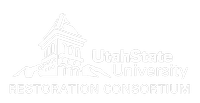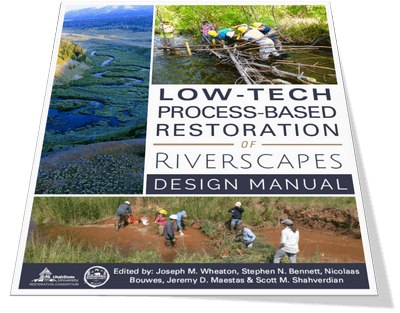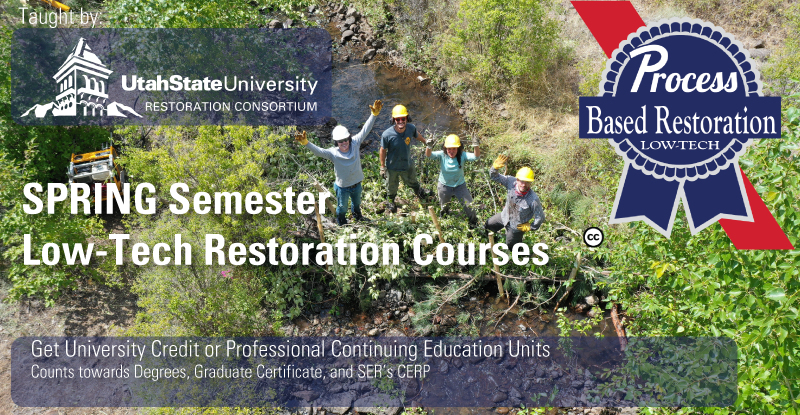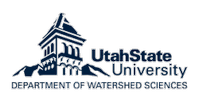Manual
The purpose of this design manual is to provide restoration practitioners with guidelines for implementing a subset of low-tech tools—namely beaver dam analogues (BDAs) and post-assisted log structures (PALS)—for initiating process-based restoration in structurally-starved riverscapes. While the concept of process-based restoration in riverscapes has been advocated for at least two decades, details and specific examples on how to implement it remain sparse. Here, we describe ‘low-tech process-based restoration’ (LT-PBR) as a practice of using simple, low unit-cost, structural additions (e.g. wood and beaver dams) to riverscapes to mimic functions and initiate specific processes. Hallmarks of this approach include:
- An explicit focus on the processes that a low-tech restoration intervention is meant to promote
- A conscious effort to use cost-effective, low-tech treatments (e.g. hand-built, natural materials, non-engineered, short-term design life-spans) because of the need to efficiently scale-up application.
- ‘Letting the system do the work’ which defers critical decision making to riverscapes and nature’s ecosystem engineers
Pocket Guide
 Check out the condensed, Cliff-Notes version of the manual in our new Pocket Guide.
Check out the condensed, Cliff-Notes version of the manual in our new Pocket Guide.
Free Resources!
 The design manual and Pocket Guide are available digitally for free thanks to the generous investments and support from our sponsors. Moreover, after the virtual training in August 2020, all the introductory workshop modules are now available free here for self-paced learning.
The design manual and Pocket Guide are available digitally for free thanks to the generous investments and support from our sponsors. Moreover, after the virtual training in August 2020, all the introductory workshop modules are now available free here for self-paced learning.
 LT-PBR Resources
LT-PBR Resources
 FREE! LTPBR Learning Modules
FREE! LTPBR Learning ModulesSee here for Self-Paced Resources Take a Virtual
Reading Riverscapes Field Trip
Training
The next publicly offered classes will be in Spring 2025. Registration opens November 11, 2024.




 Register for Spring 2025 LTPBR Courses
Register for Spring 2025 LTPBR Courses